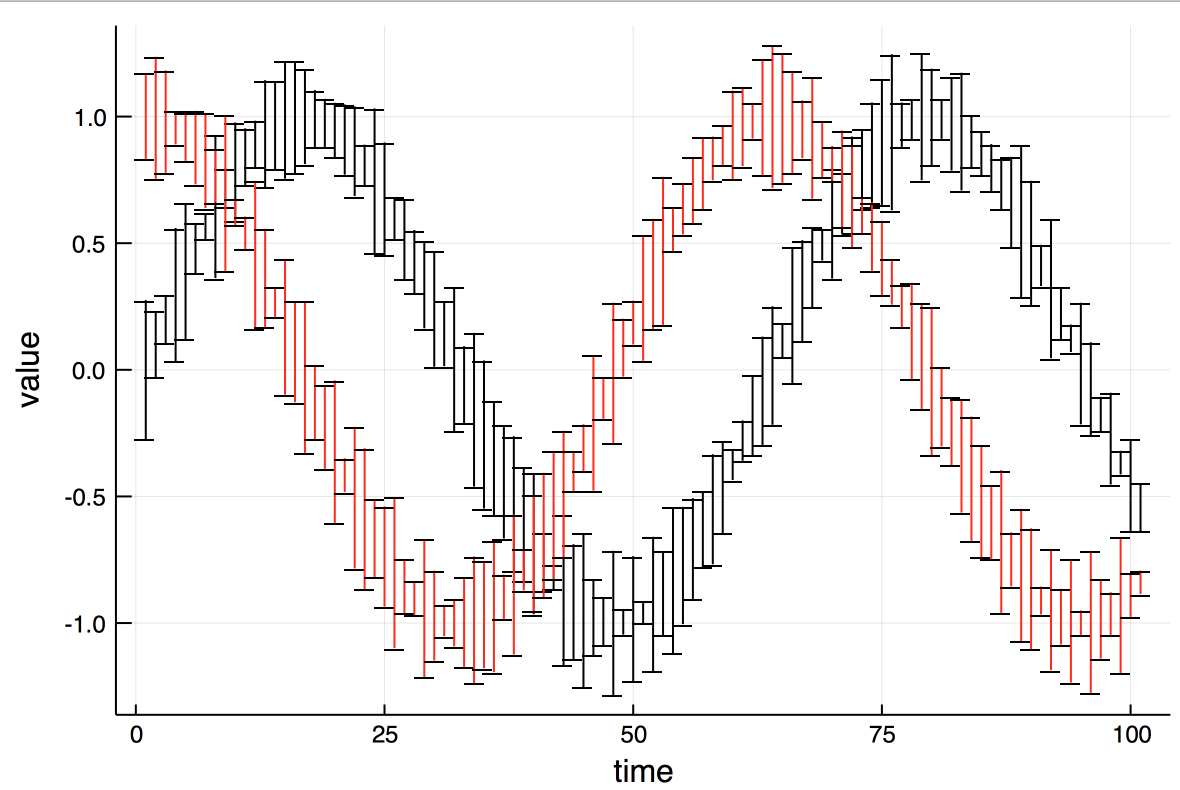Hello human, I'm @whedon, a robot that can help you with some common editorial tasks. @dmbates, @ahwillia it looks like you're currently assigned to review this paper :tada:.
:star: Important :star:
If you haven't already, you should seriously consider unsubscribing from GitHub notifications for this (https://github.com/openjournals/joss-reviews) repository. As a reviewer, you're probably currently watching this repository which means for GitHub's default behaviour you will receive notifications (emails) for all reviews 😿
To fix this do the following two things:
- Set yourself as 'Not watching' https://github.com/openjournals/joss-reviews:

- You may also like to change your default settings for this watching repositories in your GitHub profile here: https://github.com/settings/notifications

For a list of things I can do to help you, just type:
@whedon commandsFor example, to regenerate the paper pdf after making changes in the paper's md or bib files, type:
@whedon generate pdf

Submitting author: @kahaaga (Kristian Agasøster Haaga) Repository: https://github.com/kahaaga/UncertainData.jl Version: v0.8.2 Editor: @oliviaguest Reviewer: @dmbates, @ahwillia Archive: 10.5281/zenodo.3522252
Status
Status badge code:
Reviewers and authors:
Please avoid lengthy details of difficulties in the review thread. Instead, please create a new issue in the target repository and link to those issues (especially acceptance-blockers) by leaving comments in the review thread below. (For completists: if the target issue tracker is also on GitHub, linking the review thread in the issue or vice versa will create corresponding breadcrumb trails in the link target.)
Reviewer instructions & questions
@dmbates & @ahwillia, please carry out your review in this issue by updating the checklist below. If you cannot edit the checklist please:
The reviewer guidelines are available here: https://joss.readthedocs.io/en/latest/reviewer_guidelines.html. Any questions/concerns please let @oliviaguest know.
✨ Please try and complete your review in the next two weeks ✨
Review checklist for @dmbates
Conflict of interest
Code of Conduct
General checks
Functionality
Documentation
Software paper
paper.mdfile include a list of authors with their affiliations?Review checklist for @ahwillia
Conflict of interest
Code of Conduct
General checks
Functionality
Documentation
Software paper
paper.mdfile include a list of authors with their affiliations?